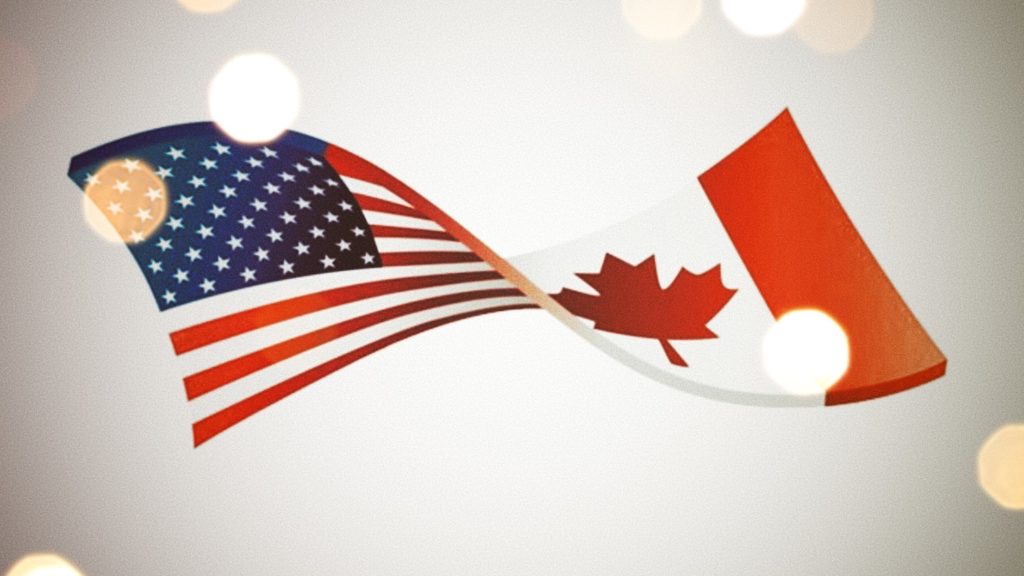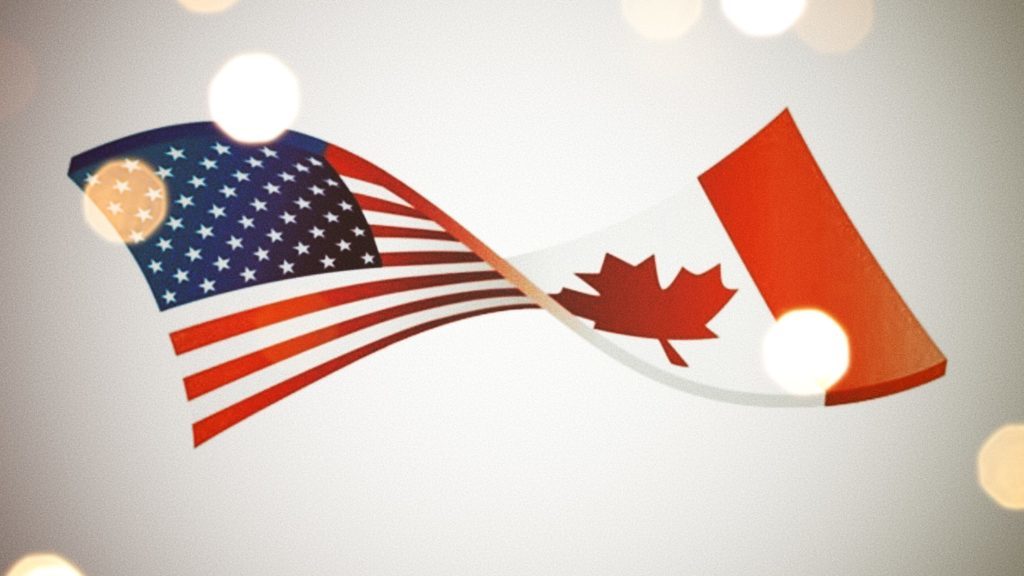
Canada has had legal marijuana since 2018 nationally. And at first glance that looks like a much more progressive nation taking a stance well before the United States grew the courage.
But at closer inspection, business isn’t quite booming like expected in the country. This seems to be due to a few reasons, and they’re outlined in an article over at the Seattle Times.
“Analysts say one reason the sunny projections have failed to materialize is the tightly regulated distribution system introduced by Canada, which largely bans advertising and marketing. The halting rollout of stores in some provinces — particularly Ontario — is also a factor. Plus, surveys have suggested that many Canadians are simply not interested in adopting a new vice.”
We had talked about that initial reason in an article about packaging. The bar to get the legalization bill to pass in 2018 was so high that weed advocates had to make some unreasonable concessions, and some of those concessions are showing signs of becoming a major burden.
Another potential reason for lackluster results is that the driving purpose of the 2018 bill was for righting the wrongs of the justice system, not so much one of lucrative business.
So what started as huge excitement in the sector is now looking very similar to a bubble.
Perhaps this is what puts United States in a more interesting position. The “soft” rollout going on here is giving the business plenty of time to slowly adapt to new landscapes, as opposed to one large anticipatory push. Surely, there will still be slight bubbling when the country (finally) legalizes on a federal level, but with some states having legal marijuana for years now, it’s doubtful that it will look anything like Canada’s big exhale.
As an example, Canopy Growth, the biggest marijuana company in Canada is down $950 million in its first nine months, according to the Seattle Times.


